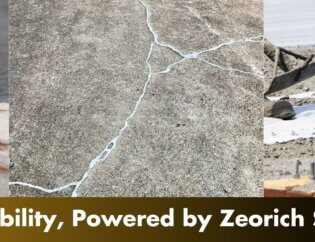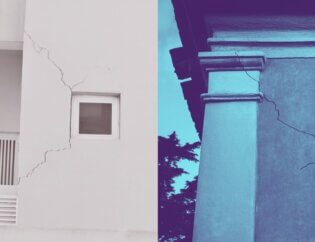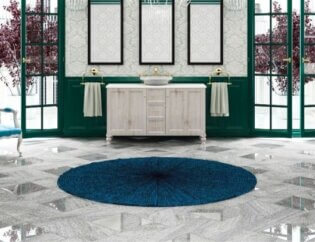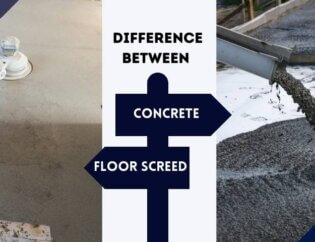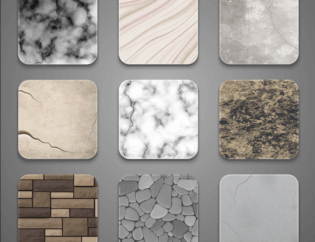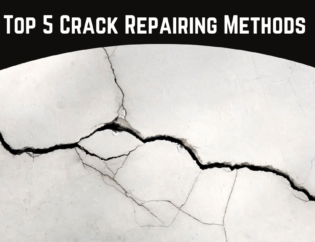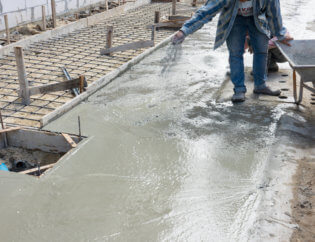
If you are building your dream home and fallen in love with your chosen tiles like ceramic, stone, or glass mosaic, glazed tile, ceramic tile, porcelain tiles or vitrified tiles for the most important areas in your home such as the kitchen, bathroom, toilets and pool and suddenly at the back of your mind important question start ringing the bell about scrubbing, cleaning and maintaining the area and second thought start to take place then we might be able to get you out of that thought.
There is an alternative to the common grout which will remove all your doubts and questions about your decision. This solution will clear your thoughts and keep your bathroom, kitchens, pools shine like new for years. So you can enjoy creating a beautiful Splash-back, a signature bathroom, kitchen, and pools for your dream home.
Do we have your attention now? Let's explore all about stain & chemical resistance epoxy grout!

So what is grout? how important is grout in laying tiles!
Basically, grout is a viscous (dense) fluid paste which is generally used for filling the gaps between tile and stone on the floor or walls of any structure. Grout is generally a mixture of water, cement, sand, and is employed in pressure grouting.
There are different grout options available in the market such as cement-based grouts, sanded grout, unsanded grout, latex modified grout, polymer tile grout, furan grout but will go through them in some other article to keep you away from dozing off during this one.
Usually, Traditional grouts are not waterproof but only water resistance as it absorbs water if becomes wet. To a certain degree, we can say it absorbs stain as well and people who have a good experience, they will vouch for it.
Let's not get disheartened with the earlier statements before reading the section on how the epoxy grout is different and can be an excellent choice for you.
What is Epoxy Grout:
Epoxy grout is made of three-part, mainly of epoxy resins, epoxy hardener and colour filler powder. Epoxy grout does not contain Portland cement or water these properties makes it unique as compare to all other options available. The particle used in epoxy makes it more durable in extreme weather condition be it hotter or colder area or region.
Epoxy grouts are available in two variants and both variants are popular based on local choices. Three-component epoxy grouts are flexible in a stocking for the seller and normally all colour is available due to part "C" colour powder separately vs two-part epoxy grout colour powder always mixed with resin and at the time getting particular colour can be challenging.
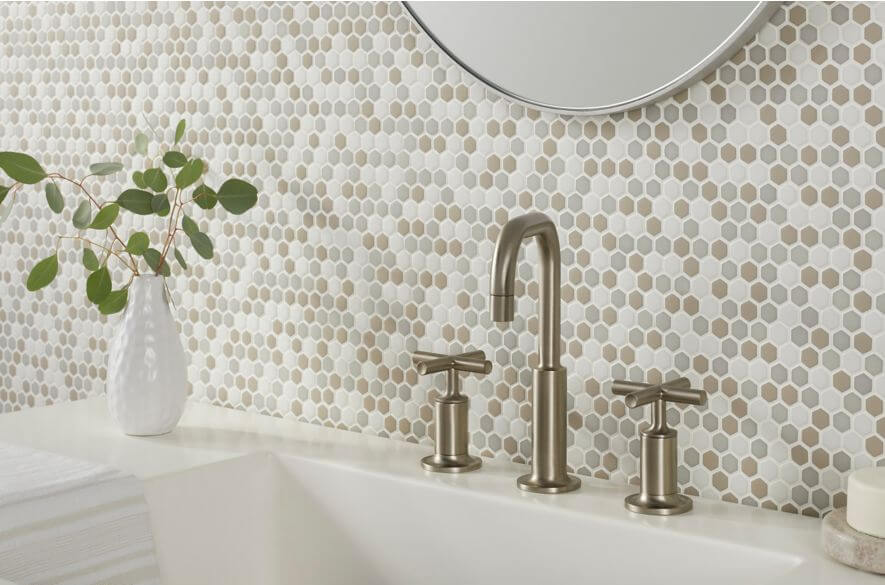
Lot of people ask question is epoxy grout waterproof?
The appropriate answer is yes! Epoxy grout is impermeable or non-permeable in nature that makes it almost Waterproof Tile Joint Filler and stains resistant. The Tile Epoxy grout is very strong in comparison with cementitious grout and these properties make epoxy very high compressive and abrasion resistance, crack resistance, high chemical and grease resistance, hygiene, antibacterial & does not allow fungal growth by itself. Epoxy grout gives smooth and shiny flush joints between tiles & stone. The epoxy grout maintains the colors between the joints of the tiles for a long duration even after long wear or tears with time
Why is epoxy grout more popular compare to other grout ? good or bad we can talk about it!
The Epoxy grouts, or reactive resin-based grout what we can call, they can give big benefits and cover a lot of different application. Epoxy’s impermeable or non-permeable feature makes this important selection factor at considerably important places like hospitals, Commercial kitchen, food processing industry where hygiene is a foremost important requirement as it's resistant to oil & grease.
Epoxy is not limited to its usages yet, They can likewise be utilized in domestic applications with their high durability, stylishly satisfying appearance, and simple clean capacity, making them more than appropriate for the job. Over a period of time cement grout starts to stain & discolor as an effect of harsh cleaning products and sometimes cracks due to movements.
However, epoxy is mostly chemical resistance and maintains its properties such as color, aesthetic look, and feel, strength for a long time as it's more durable and does not easily wear and tear with time.
Now epoxy grout has been evolved with the new innovating techniques and it's easier to work with compare to its predecessors so the tiles installer are getting more used to it in their work.
Other Grouts
The fundamental forms of cementitious grout are sanded and un-sanded after hearing the sanded word its looks contradicting right? Normally unsanded grout can be applied with limited width of joints up to 5mm. In the case of sanded grout can be applied up to 20 mm. joints width and mainly used for a heavy-duty purpose. There is a vast difference when you compare cementitious grout with epoxy grout the color sand used in epoxy grout are uniform in size and very different to the cement-based grout and this grout can be applied in a wider joint of 15 to 20 mm. The need for 2 different variants for smaller and wider joints are not needed with epoxy.
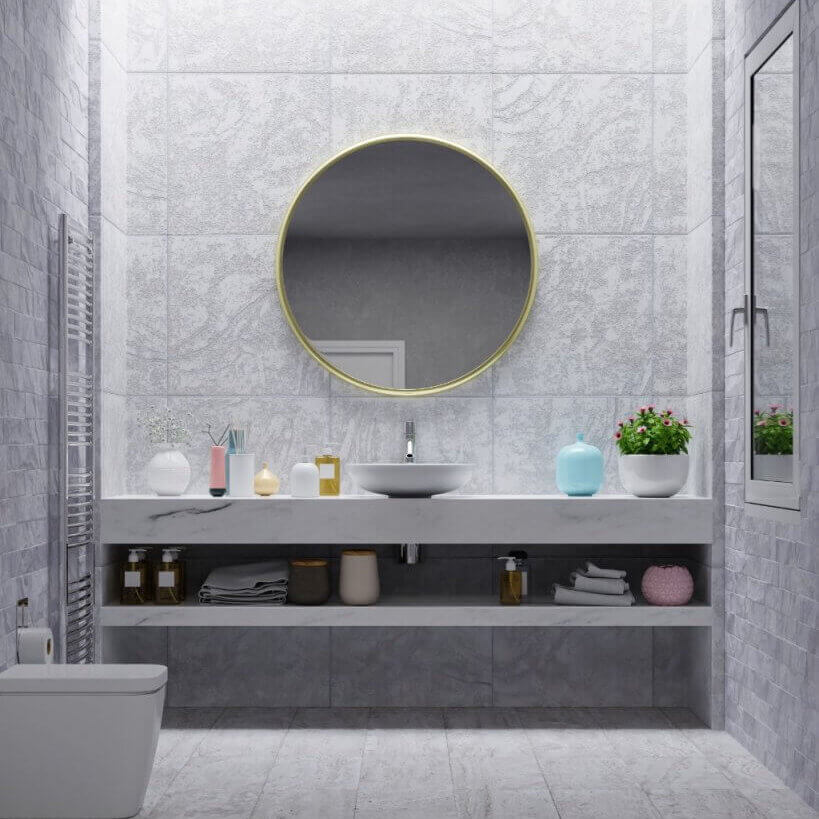
After reading this it must be sounding wonder to be true right ? let's flip the coin!
As stated earlier with such properties in epoxy grout comes more responsibility as it is more difficult to apply than other forms of the grout. It takes more time while applying and sets faster one has to do the work in stages to avoid any waste.
Due to the reason, epoxy grout contains resin the floor has to clean immediately after it is applied to remove any epoxy residue or it will leave a glossy sheen on the surface. It's not very forgiving if there is any imperfection in your tiling work it will highlight.
The epoxy grout is more expensive as compared to other cement-based grout. Usually, epoxy grout will cost 5 to 7 times more expensive based on your selection and specifications.
Grout Colors
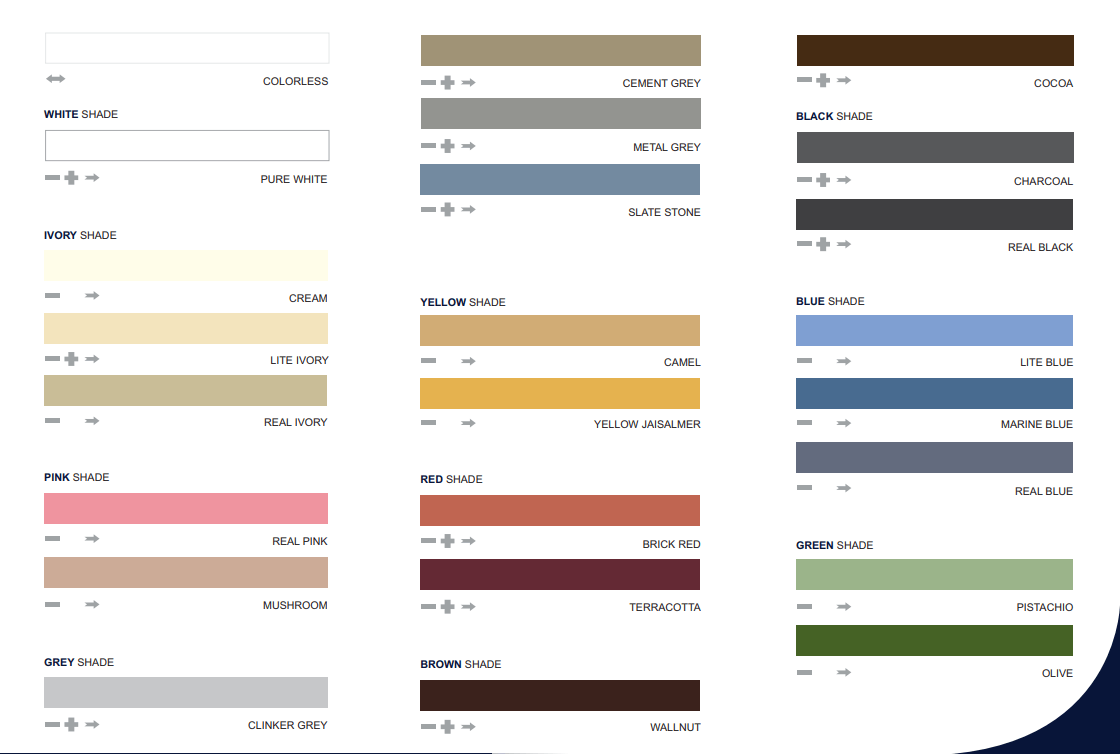
We can slightly overcome the unforgiving nature of epoxy by selecting the right colour grout as it will obstruct any imperfection in the tiling.
Yes epoxy grout comes with wide color options you match with your tiles, complement the tiles or you can create contrast combinations
To give you the most trending take away you can mix metallic glitter powder with epoxy grout to create astonishing designs such as walls, floors, or deck area and make it backdrops for your home.
Top 10 most suitable places for epoxy grout ?
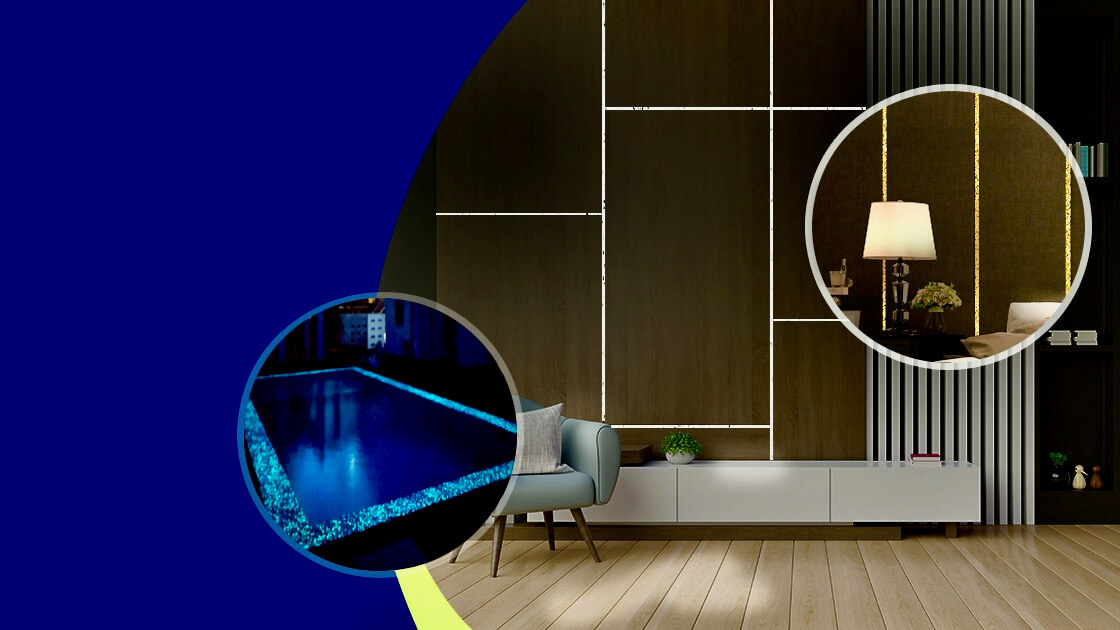
- All kinds of bathrooms including a public shower as being a wet area.
- All kinds of toilet areas including public infrastructure.
- For commercial and industrial floors epoxy can be the right solution.
- Commercial and industrial Kitchens can use this grout as it gives them an edge over others due to stain and grease resistance.
- All kinds of small & public swimming pools including sauna & spas.
- Water park, wave pools, and public pools.
- Public restaurants & cafeterias.
- Pubs & Bars
- Laboratories & other chemical research facilities.
- Food, Beverages, Pharma & Chemical Industries floors
Tiles or Stone epoxy grout can be applied
All types & sizes of glazed, ceramic & vitrified tiles.
All types & sizes of natural and engineered stones.
All types & sizes of ceramic & glass mosaic.
All kinds of natural and re-engineered agglomerated stone.
Large-format tiles of all types including thin slabs.
Tiles & mosaic in metal form.
Lets break down the difficult part of applying epoxy grout and cleaning?
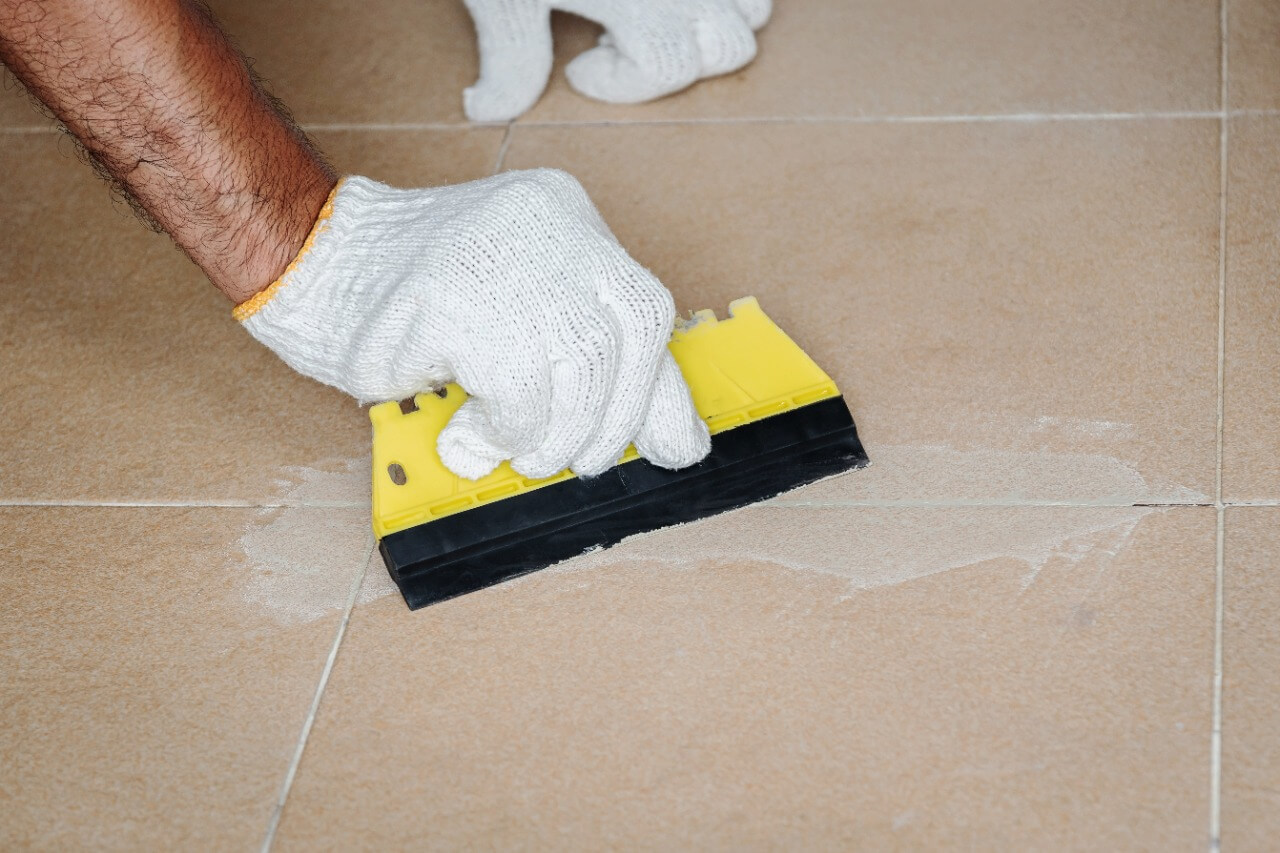
Before applying the grout on the overall surface of tiles or stone, test the small area for any discoloration due to absorbency in tiles or stone surface.
In case tiles or stone surface is very rough or uneven, it is advisable to apply the grout only in the joints and not on the entire surface of tiles or stone to avoid cleaning issue. (A good masking tape also can be used if needed on the edges.)
Spread the grout evenly on the surface of tiles or stone to cover the area. Once the grout is spread, fill the joint completely using rubber grout float. Keep the rubber float diagonally to the joint and apply a 45-degree angle to have a perfect Tile Epoxy.
Once all the joints are filled properly, remove excess grout if any from the surface of tiles or stone. To achieve a flush joint, leave the grout approx. 15 to 45 minutes (Depends on temperature) in the joints. (Immediate cleaning of grout is possible, but it may lead to an un-even grout surface finish).
Start cleaning the grout with clean water and medium density sponge in a circular motion all over the joints. Finish the joint smoothly and evenly. (Change the water twice or more to have proper cleaning of the surface). The sponge cleaning will ensure the grout leaves a smooth and glossy finish at the joints.
There may be a white haze that appears on the grout joints at the time of cleaning. This is not discoloration and the haze will disappear shortly after cleaning.
Leave the grout for 24 hrs. to dry and fully set. Protect the area for any possible stain on fresh grout due to the movement or dust. After 24 hrs. the tile surface can be cleaned with soap water to remove any haze remained at the top
Important tools for application of epoxy grout.
Electric low-speed mixing stirrer.
Vacuum cleaner, brush broom, or blower to remove the dust from joint.
Rubber grout float.
Tile grout Cleaner
Cleaning sponge of good quality & medium density.
Other mixing & finishing tools such as mixing trowel, water bucket, measuring tape, jar, etc.
